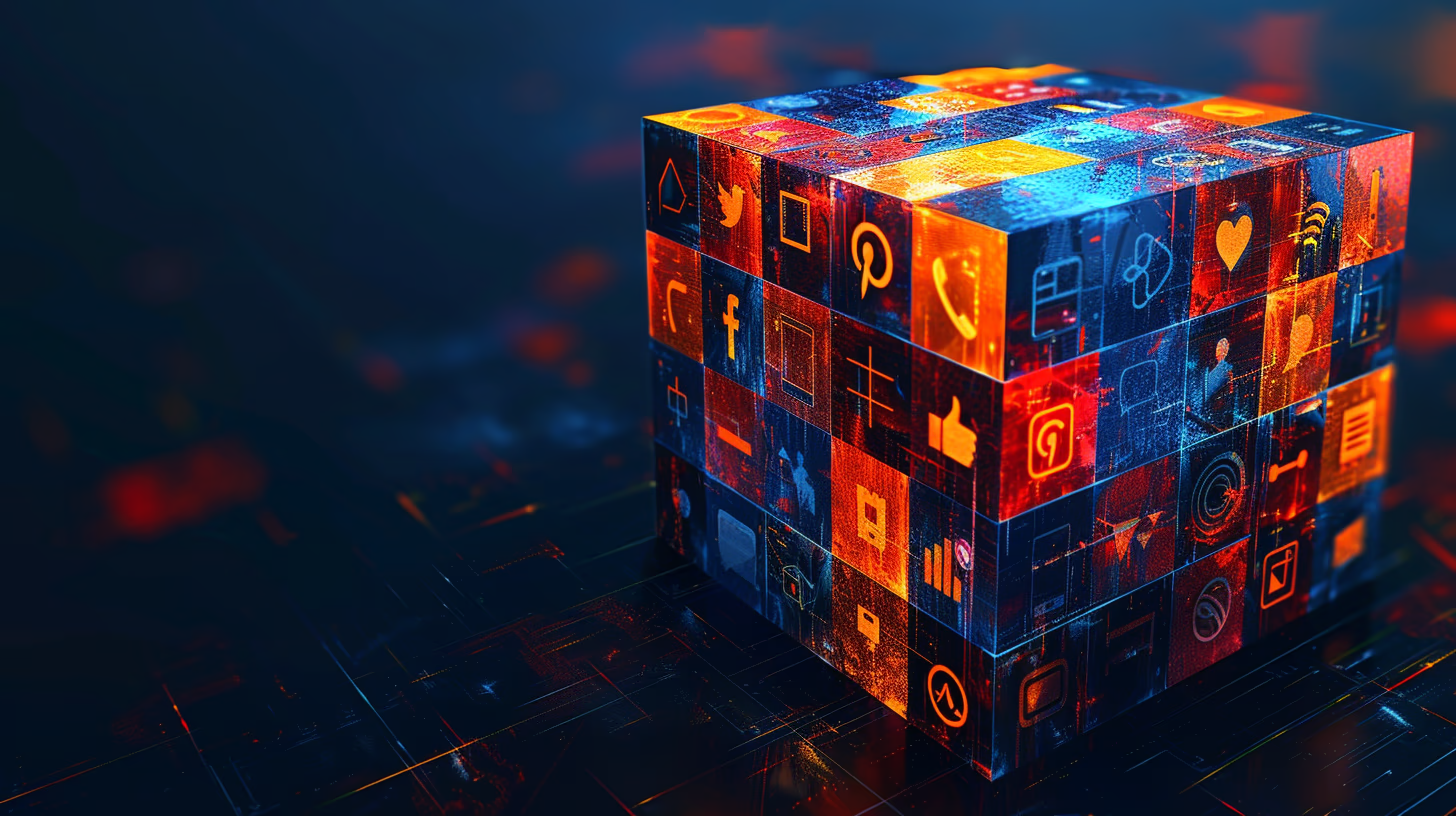In the digital world, the smallest details can make the biggest impact. The favicon, or favorite icon, may just be a tiny image at the top of your browser tab, but its importance is far greater than its small stature implies. This seemingly insignificant file, known as ‘favicon.ico’, is pivotal for branding, user experience, and even SEO. And, it can break your most advanced applications.
What is a Favicon?
A favicon is a small, 16×16 or 32×32 pixels icon associated with a particular website or web page. Although its dimensions are diminutive, a favicon serves as a visual cue to users, enabling them to identify and bookmark websites easily. It’s the image you see in browser tabs, bookmark lists, and sometimes even as the icon on your mobile device’s home screen when you add a website shortcut.
The Branding Power of a Favicon
Branding is all about recognition, and a favicon acts as a microcosm of your brand’s identity. It’s a tiny billboard for your website, presenting your brand’s logo or symbol in a space where it’s always visible to the user. This consistent visual helps reinforce your brand and increases the likelihood of users returning to your site as they navigate through their tabs or bookmarks.
User Experience and Usability
In terms of user experience, the favicon is a small yet mighty element. With the multitude of tabs that users often have open, a distinct favicon helps them switch between sites with ease. It’s not just a luxury—it’s a navigational tool that aids users in finding their way back to your website without having to read the text of each tab.
SEO Benefits
While the impact of a favicon on SEO is indirect, it’s certainly present. A well-designed favicon can increase the click-through rate from the search engine results pages (SERPs) by catching the eye of a potential visitor. Additionally, a professional-looking favicon can contribute to the overall perception of quality and trustworthiness of a website, potentially reducing bounce rates and improving user engagement.
Technical Implications of a Missing Favicon
A commonly overlooked issue with not having a ‘favicon.ico’ is the potential disruption it can cause to web applications. Web browsers automatically request a favicon when a user visits a website. If the favicon is missing, the browser will return a 404 error which is logged in the console, which by itself seems harmless. However, this default behavior can lead to unforeseen consequences, especially when it triggers additional requests to the server.
For instance, if a PHP session is initiated on the main index file of a website, the absence of a favicon can cause the browser to request the index file twice. This happens because after the initial page load, the browser attempts to find the favicon, leading to an unintended second page load. This can inadvertently initiate the PHP session a second time, or execute any other code present in the index file – twice, potentially causing data corruption, performance issues, or other unpredictable behavior.
This issue underscores the necessity of including a favicon in web development practices, not just for the sake of complete user interface design, but also to maintain the integrity of server-side processes. It serves as a reminder that the favicon, while small, plays a critical role in the overall functionality and reliability of web applications.
Creating a Favicon
Creating a favicon is a straightforward process, but it requires attention to detail. The design needs to be simple yet recognizable, scalable to fit various sizes, and consistent with your brand image. Tools like Adobe Photoshop, Illustrator, or various online favicon generators can be used to create a favicon that is both aesthetically pleasing and effective.
Implementing Your Favicon
Once your favicon is ready, implementation is the next step. It needs to be uploaded to the root directory of your website, and the appropriate HTML code must be added to the head section of your web pages. Modern websites should provide multiple sizes and formats of their favicon for different devices and contexts, using the ‘link’ element with ‘rel’ attributes such as ‘icon’, ‘apple-touch-icon’, and ‘mask-icon’.
Conclusion
The favicon might be one of the smallest components of a website, but its contribution to the user experience and brand identity is significant. As the internet becomes increasingly crowded, standing out becomes more challenging. A distinctive favicon becomes an essential part of your digital toolkit, helping users find and remember your site. It’s a small investment into your website’s identity that can yield considerable dividends in user engagement and brand presence.
But, we can “smart talk” all we want. If your application misses a favicon, the application is very likely to break or act unexpectedly!
Tiny yours, Fav Icon.
